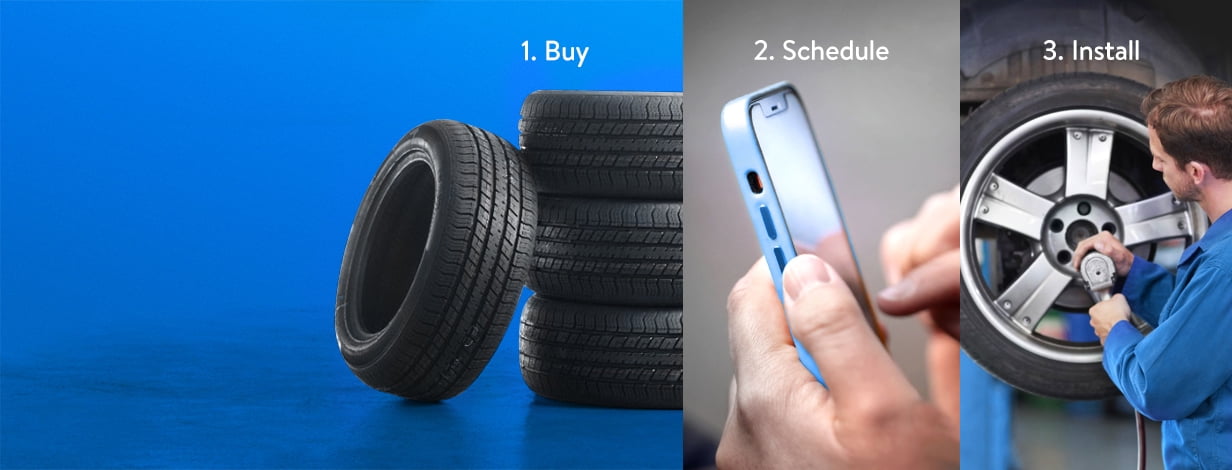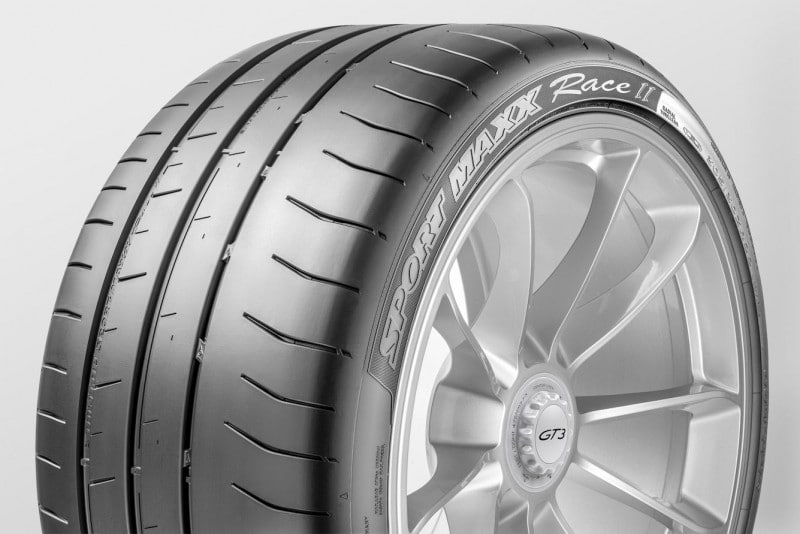All Categories
Featured
Table of Contents
I had the ability to get 100 hours out of one of these tires, and while it had definitely no tire lugs left on it, the soft compound made it work very wellas long as I was utilizing a soft mousse. Kitt Stringer picture Easy placing - 3Wear - 3Sidewall strength - 3Performance on origins - 4Performance on wet rocks - 2Traction on dust - 5Cornering capability - 4Traction while braking - 4Self-clearing of dirt and mud - 3Performance in mud - 3Overall predictability or tracking - 3 _ 37 Verdict: This is a good all-around tire with excellent worth for cash.

The wear was regular and I like for how long it lasted and just how constant the feel was throughout use. This would likewise be a good tire for faster races as the lug dimension and spacing bit in well on fast surface. Kitt Stringer picture Easy mounting - 3Wear - 3Sidewall toughness - 3Performance on origins - 4Performance on damp rocks - 4Traction on dirt - 4Cornering ability - 4Traction while stopping - 5Self-clearing of dust and mud - 4Performance in mud - 4Overall predictability or tracking - 4_42 Verdict: I liked this tire a great deal.
If I had to buy a tire for hard enduro, this would certainly remain in my top choice. Easy placing - 3Wear - 3Sidewall strength - 3Performance on roots - 4Performance on damp rocks - 3Traction on dirt - 4Cornering capacity - 3Traction while braking - 3Self-clearing of dirt and mud - 4Performance in mud - 4Overall predictability or tracking - 3 _ 34 Conclusion: This tire was very soft and flexible.
All the gummy tires I checked executed relatively close for the initial 10 hours or so, with the victors going to the softer tires that had far better traction on rocks (Wheel balancing). Acquiring a gummy tire will most definitely offer you a solid benefit over a normal soft compound tire, but you do spend for that advantage with quicker wear
Trusted Tyre Packages – Bayswater
Best worth for the cyclist who wants decent performance while obtaining a fair amount of life. Finest hook-up in the dirt. This is an ideal tire for springtime and autumn conditions where the dust is soft with some wetness still in it. These tried and tested race tires are terrific all around, yet wear promptly.
My general victor for a hard enduro tire. If I had to spend money on a tire for daily training and riding, I would select this.
Best Wheel Alignment (Embleton)
I have actually been running a collection of Michelin Power Pilot 2CT's on my track Daytona 675 for the previous year. In that time I have done 15 track days in all weather conditions from cold damp to very hot and these tires have actually never ever missed a beat. High-quality tyres. I've done almost 2,000 miles (3,200 km) on them and as you can see from this shot of the front taken after initial session of my 15th track day on them, they still have quite a great deal of rubber left on them
In other words the 2CT is a fantastic track day tyre. If you're the kind of motorcyclist that is likely to experience both damp and dry conditions and is starting on course days as I was in 2014, after that I believe you'll be difficult pushed to find a far better value for money and qualified tyre than the 2CT; a set of which will set you back around 185 (US$ 300) in the UK.
Developing a much better all rounded road/track tyre than the 2CT have to have been a difficult task for Michelin. The result of that effort is the Michelin Pilot Power 3 which essentially replaces the Pure. Do not perplex this new tire with the roadway going Pilot Road 3 which is not created for track usage (although some riders do).
They influence significant confidence and supply amazing grip levels in either the wet or the completely dry. When the Pilot Power 3 released, Michelin advised it as a 50:50% road: track tyre. That message has recently transformed because the tires are currently advised as 85:15% roadway: track usage instead. All the biker reports that I have actually read for the tire rate it as a better tyre than the 2CT in all areas but especially in the damp.
Honest Tyres
Technically there are plenty of distinctions in between the 2 tires although both make use of a double substance. Aesthetically you can see that the 2CT has fewer grooves cut right into the tire however that the grooves run to the side of the tire. The Pilot Power 3 has more grooves for better water dispersal yet these grooves don't get to the shoulder of the tire.
One element of the Pilot Power 3 which is various to the 2CT is the brand-new 2CT+ technology which expands the harder middle section under the softer shoulders (on the back tire). This should provide much more stability and lower any type of "squirm" when speeding up out of edges regardless of the lighter weight and more flexible nature of this new tire.

Although I was a little dubious regarding these lower stress, it ended up that they were fine and the tires performed truly well on the right track, and the rubber looked better for it at the end of the day. Simply as a point of reference, other (fast team) riders running Metzeler Racetecs were utilizing tire stress around 22-24 psi for the back and 24-27 psi on the front.
Creating a better all rounded road/track tyre than the 2CT should have been a tough task for Michelin. The outcome of that effort is the Michelin Pilot Power 3 which basically replaces the Pure. Don't confuse this brand-new tire with the road going Pilot Road 3 which is not made for track use (although some riders do).
Leading Tyre Balancing Near Me – Embleton WA
When the Pilot Power 3 introduced, Michelin recommended it as a 50:50% road: track tyre. All the motorcyclist reports that I have actually reviewed for the tire price it as a better tire than the 2CT in all locations yet particularly in the damp.

Technically there are plenty of differences in between both tyres although both use a dual substance. Visually you can see that the 2CT has less grooves reduced right into the tire yet that the grooves run to the edge of the tyre. The Pilot Power 3 has more grooves for better water dispersal but these grooves don't reach the shoulder of the tire.
One facet of the Pilot Power 3 which is different to the 2CT is the new 2CT+ technology which extends the harder middle area under the softer shoulders (on the back tyre). This should offer a lot more stability and reduce any kind of "squirm" when speeding up out of corners regardless of the lighter weight and even more flexible nature of this new tyre.
I was somewhat uncertain concerning these lower stress, it transformed out that they were great and the tyres performed actually well on track, and the rubber looked far better for it at the end of the day - Tyre packages. Just as a factor of recommendation, other (rapid group) motorcyclists running Metzeler Racetecs were making use of tyre stress around 22-24 psi for the rear and 24-27 psi on the front
Latest Posts
Vehicle Tyres Near Me (Bayswater)
Tyre Replacement – West Swan
Tyre Safety ( Stirling 6059 WA)